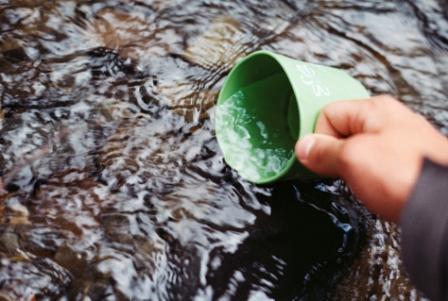Drinking Water Systems
Drinking water systems are required to ensure clean and safe water for consumption. No matter how clean the water looks, it still may contain some deadly disease-causing microorganisms or chemicals. Inside a drinking water system water goes through several purification mechanisms that can remove targeted impurities. Based on the need and necessities, a drinking water system can be a huge large municipal water treatment plant or a house hold water filtration system. A brief description of each drinking water systems is as follows:

Municipal Drinking Water Systems:
These
are municipality owned systems and usually regulated by government to ensure
water safety and quality. They are registered systems either operated by the
government or other licensed owners/operators. Drinking water produced through
these systems need to be tested in a regular basis using standard protocols and
any adverse test results need to be reported to corresponding government and
health officials. Usually any change or alterations of such system also need
reporting and obtaining government permission to ensure end product quality and
safety.
Non-Municipal Systems:
These
types of systems include privately-owned systems that serve apartment
buildings, private subdivisions and mobile home parks. They can also supply
drinking water to a facility with vulnerable population like nurseries, schools,
children’s camps, colleges and universities or hospitals. Sometimes they are
also known as small drinking water systems and serve restaurants, seasonal
trailer parks, community centers, libraries, gas stations, motels, churches and
many other public facilities. Although these systems are privately owned they
are regulated by the government through acts, laws and regulations to ensure
supplied water safety.
Household Systems:
A large variety of household systems are available commercially to purify or polish the water further. Usually these systems are used as an added barrier or supplement to achieve a higher drinking water quality standard. They include various chemical or physical ways to remove pathogens, chemicals and/or physical particles. All systems have their respective advantages, disadvantages and limitations in achieving the end water qualities.
Click here to know more about Small Drinking Water Systems.
Go back to Clean Drinking Water!
Go Back to Home!
Total Visits to Site: